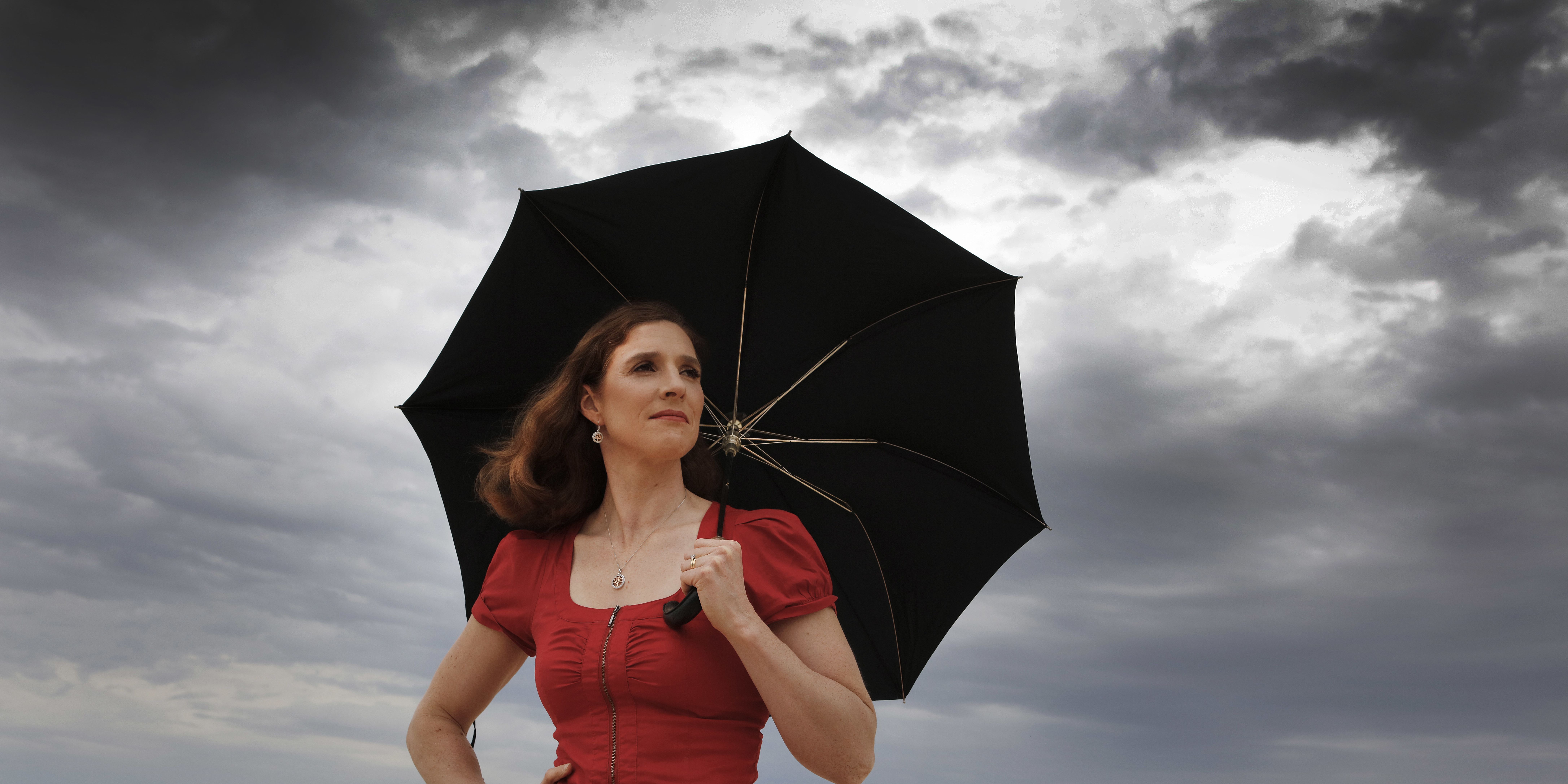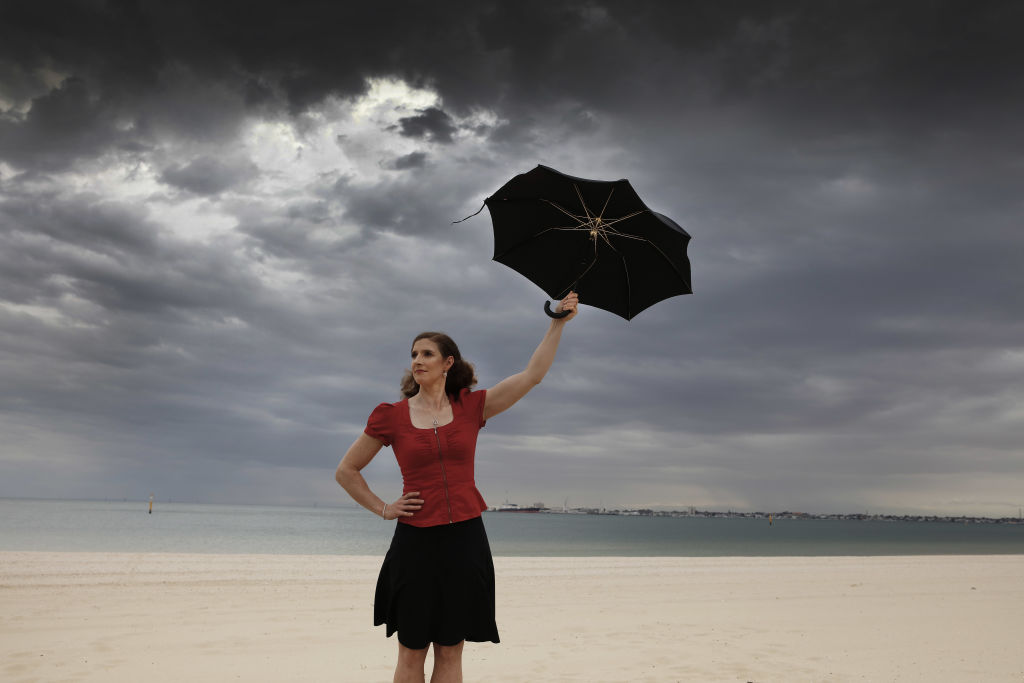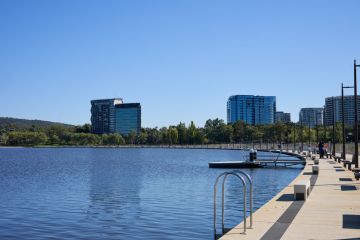First Person: I’m Christie Johnson and I’m a weather forecaster

I’ve been with the weather bureau for about 15 years.
A lot of people are weather nerds and know they want to do it right from the start. But actually I wanted to be a doctor – that was my goal all the way through primary and secondary school. I got into medicine at uni and did two-and-a-half years, but I really wasn’t enjoying it, so I took a year off to consider my options.
I switched to science, and did a subject in meteorology with a funny American lecturer. I absolutely fell in love with meteorology; it was just fascinating.
I’ve always enjoyed maths so I liked that side of it – seeing how you could describe how the weather works with mathematical modelling and equations. But it wasn’t just maths, it was learning about cool stuff, like tropical cyclones and thunderstorms.
One of the great things about the job is that you do feel like you are making a difference in people’s lives. We’re very conscious, for example, when we’re in drought conditions that we need to be careful about forecasting rain if we’re not sure. Or if there’s going to be a little bit of rain but not much, we try not to play it up too much because we don’t want to get people’s hopes up.
We also do a lot of aviation forecasting, so we have to be mindful of what the criteria are for the aeroplanes to be able to land or not land. We know millions of dollars are riding on whether or not there’s going to be fog at Melbourne Airport, and if the planes can land or whether they need to divert to Sydney or somewhere else.

We tend to work 12-hour shifts, so we run from 7 o’clock in the morning to 7 o’clock at night, or from 7 o’clock at night to 7 o’clock the following morning.
A full load for a forecaster is seven 12-hour shifts in a fortnight.
These days we largely rely on computer modelling, and we get models from all around the world. Our local models run out of our supercomputer here at the Bureau of Meteorology.
There are different pressures, so in summer it’s fire forecasting, thunderstorms are the big things. In winter it’s things like frost for the farmers, and everyone’s interested in the snow season.
You have to obviously get your head around sometimes being wrong, and taking the flak for that.
Particularly I found when I first started I got really stressed when I was worried about getting it wrong. As you get more experienced you realise that there are going to be some situations where it’s going to be really hard, and you may as well just roll the dice.
You can never do it 100 per cent correctly. I mean our verification statistics are very good and improving all the time, but you’re never going to be 100 per cent and you just have to be OK with that.
We recommend
States
Capital Cities
Capital Cities - Rentals
Popular Areas
Allhomes
More
- © 2025, CoStar Group Inc.







